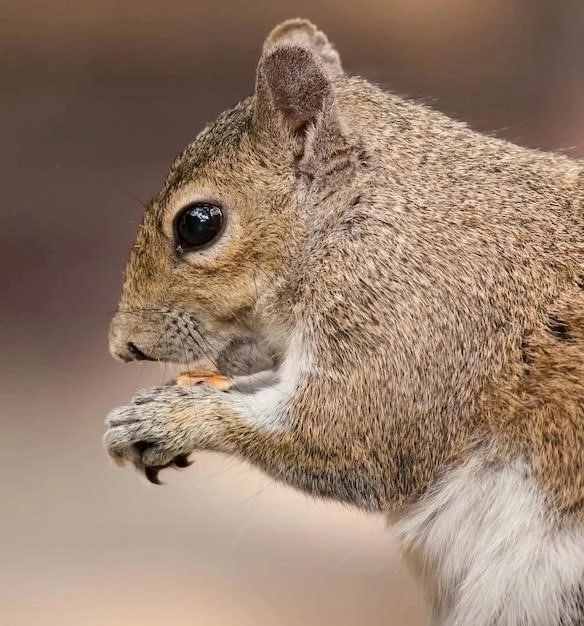Physical Characteristics and Adaptations
Jerboas are small rodents with bodies ranging from 5 to 15 cm in length. Their most distinctive feature is their long hind legs, which can be up to four times longer than their forelegs. These powerful legs allow them to leap incredible distances, up to three meters in some species. This jumping ability is crucial for evading predators and navigating their desert environment. They also have long tails, which provide balance during these jumps and for navigating their burrows.
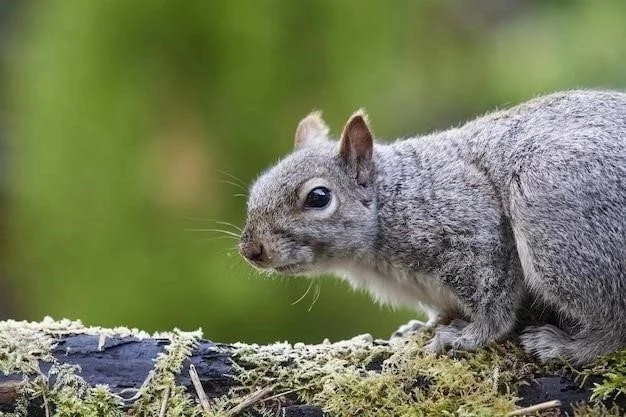
Habitat and Distribution
Jerboas exhibit a remarkable adaptation to arid and semi-arid environments, making them a fascinating subject of study within the field of desert ecology. Their distribution spans a vast geographical range, encompassing the arid and semi-arid regions of North Africa, Eastern Europe, and Asia. This expansive distribution reflects their successful adaptation to a variety of desert ecosystems, each with its unique set of challenges and resources.
Within this broad geographical range, jerboas occupy a diverse array of habitats, showcasing their adaptability to varying degrees of aridity and vegetation cover. They can be found in:
- Sandy Deserts: These habitats, characterized by their vast stretches of sand dunes and sparse vegetation, represent the quintessential jerboa habitat. The loose, sandy substrate is conducive to burrowing, a crucial aspect of their survival strategy. Examples include the Sahara Desert in North Africa and the Arabian Desert in the Middle East.
- Stony Deserts: Jerboas have also colonized stony deserts, demonstrating their ability to thrive in harsher terrains. These deserts, characterized by rocky plains and gravel-covered surfaces, present challenges for burrowing, but jerboas have adapted by utilizing crevices and rock formations for shelter. The Gobi Desert in Central Asia exemplifies this type of habitat.
- Grasslands and Steppes: While typically associated with deserts, jerboas also inhabit the fringes of grasslands and steppes, areas characterized by semi-arid conditions and a mix of grasses and shrubs. Their presence in these transitional zones highlights their adaptability to a wider range of environmental conditions than previously thought. The steppes of Eastern Europe and Central Asia illustrate this habitat type.
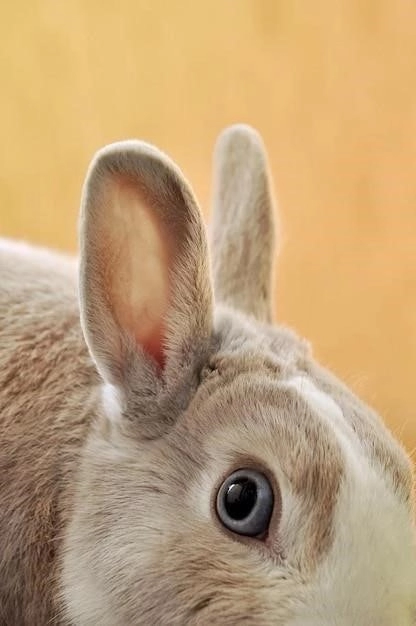
This wide distribution across a spectrum of desert habitats underscores the remarkable adaptability of jerboas. Their ability to thrive in such challenging environments is a testament to their evolutionary success, highlighting the intricate relationship between an organism and its ecological niche. Understanding the factors influencing their distribution patterns is crucial for conservation efforts, especially as climate change and habitat degradation continue to threaten biodiversity in these fragile ecosystems.

Diet and Feeding Habits
Jerboas have evolved a fascinating array of dietary adaptations that allow them to thrive in the challenging environments they call home. Their feeding habits are intricately linked to the availability of resources in their arid and semi-arid habitats, showcasing their remarkable resilience and ecological flexibility. They are primarily herbivorous, but their diet varies considerably depending on the species and the specific ecological niche they occupy.
Their diet primarily consists of:
- Seeds: A cornerstone of the jerboa diet, seeds provide a rich source of energy and nutrients. Their powerful incisors are well-suited for cracking open tough seed coats, enabling them to access this valuable food source. They often store seeds in their burrows, providing a vital cache during lean times.
- Roots and Bulbs: In addition to seeds, jerboas also consume roots and bulbs, supplementing their diet with essential moisture and nutrients. Their strong claws come in handy for digging up these subterranean treasures, highlighting their adaptability to foraging in diverse microhabitats.
- Insects: While primarily herbivorous, some jerboa species supplement their diet with insects, adding a valuable source of protein and moisture. This opportunistic feeding behavior demonstrates their ability to exploit a wider range of food resources when available.
Jerboas are primarily nocturnal, venturing out under the cover of darkness to forage for food. This nocturnal behavior is a key adaptation to their desert environments, allowing them to avoid the scorching daytime temperatures and minimize water loss. They have a highly developed sense of smell and hearing, which aids them in locating food in the darkness. Their large eyes are also adapted for low-light conditions, further enhancing their foraging efficiency.
Their feeding habits play a crucial role in their desert ecosystem, influencing plant communities and serving as prey for predators like owls and foxes. Understanding their dietary preferences and foraging strategies is essential for conservation efforts, as it provides insights into their ecological role and the factors affecting their survival in a changing world.
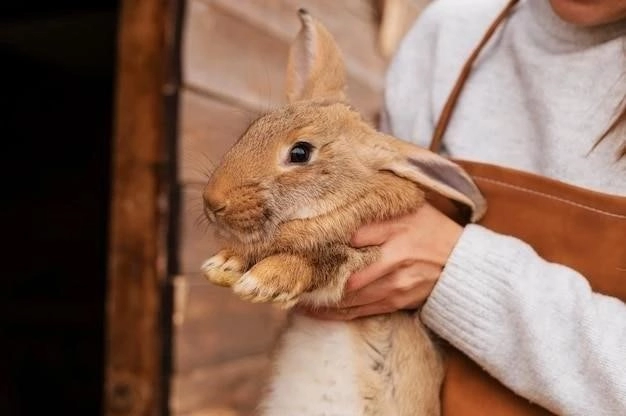
Behavior and Social Structure
Jerboas, primarily known for their remarkable leaping abilities and adaptations to arid environments, also exhibit intriguing behavioral patterns and social structures that are intricately linked to their ecological niche. While their solitary nature is a defining characteristic, recent research has revealed a surprising degree of social complexity within some species, challenging previous assumptions and highlighting the need for further investigation into their social lives.
A majority of jerboa species are primarily solitary, with individuals maintaining separate territories and interacting primarily during mating season. This solitary lifestyle is thought to be an adaptation to the scarcity of resources in their desert habitats, reducing competition for food and shelter. Their burrows, meticulously constructed and maintained, serve as their primary refuge from predators and the harsh desert elements.
Despite their generally solitary nature, jerboas exhibit several fascinating behaviors:
- Nocturnal Activity: Jerboas are primarily nocturnal, limiting their activity to the cooler nighttime hours to minimize water loss and avoid predation. Their large eyes, adapted for low-light conditions, and keen senses of hearing and smell aid them in navigating their environment and locating food under the cover of darkness.
- Bipedal Hopping: Perhaps their most iconic behavior, bipedal hopping is their primary mode of locomotion. Their powerful hind limbs and long tails enable them to cover impressive distances in a single bound, This unique adaptation allows them to traverse their desert habitat efficiently and evade predators with remarkable agility.
- Burrowing: Jerboas are expert burrowers, creating elaborate underground tunnel systems that provide them with shelter from extreme temperatures, predators, and sandstorms. Their burrows often have multiple entrances and chambers, serving as nesting sites, food storage, and latrines.
Recent studies have revealed that some jerboa species exhibit a surprising degree of social complexity, particularly during the breeding season. For example, some species engage in communal nesting, where multiple females share a single burrow to raise their young. This cooperative behavior, unusual for a primarily solitary animal, suggests a greater level of sociality than previously recognized. Further research is needed to fully understand the social interactions and communication methods employed by these fascinating creatures.
Understanding the behavior and social structure of jerboas is crucial for developing effective conservation strategies. As human activities increasingly encroach upon their fragile desert habitats, it is essential to consider their unique ecological requirements and behavioral adaptations to ensure their long-term survival.

Reproduction and Life Cycle
The reproductive biology and life cycle of jerboas showcase a fascinating interplay between adaptation and survival in the challenging environments they inhabit. Their breeding strategies, offspring development, and overall life expectancy are intricately linked to the unpredictable nature of their arid and semi-arid habitats, where resource availability and environmental conditions play a crucial role in shaping their reproductive success.
Jerboas typically exhibit a polygynous mating system, where a single male mates with multiple females during the breeding season. The timing of breeding varies depending on the species and geographical location, often coinciding with periods of increased rainfall and food availability. This strategic timing ensures an adequate food supply for both the pregnant females and their developing offspring.
Following a gestation period that ranges from 25 to 45 days depending on the species, female jerboas give birth to a litter of one to six pups. The young are born blind and hairless, relying heavily on maternal care for survival in their early stages. Mothers provide their offspring with nourishment through lactation and protection within the confines of their burrows, shielding them from the harsh desert elements and potential predators.
The development of jerboa pups is relatively rapid, reflecting the need for them to become self-sufficient in their demanding environment. Their eyes typically open within two to three weeks, and they begin to explore outside the burrow shortly thereafter, honing their foraging skills and evasive maneuvers under the watchful eye of their mother. This period of maternal guidance is crucial for their survival, as it equips them with the necessary skills to navigate the challenges of their desert home.
Jerboas reach sexual maturity around six months of age, at which point they are capable of reproducing themselves and contributing to the continuation of their species. The average lifespan of a jerboa in the wild is estimated to be two to three years, although some individuals may live longer under favorable conditions. Their relatively short lifespan is counterbalanced by their ability to produce multiple litters per year, maximizing their reproductive output within their limited time frame.
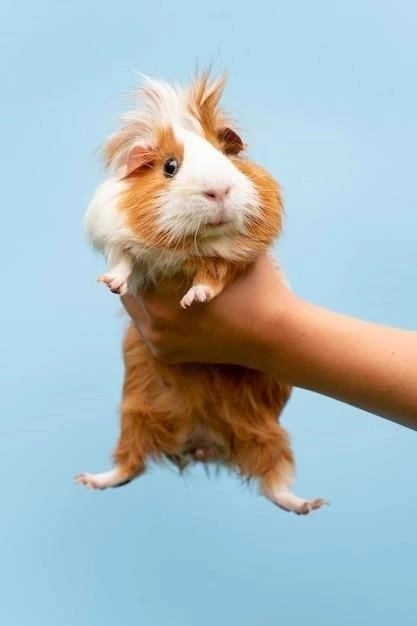
Conservation Status and Threats
Jerboas, despite their remarkable adaptations to arid environments, are facing a growing number of threats that are putting increasing pressure on their populations and raising concerns about their long-term survival. While the conservation status of specific jerboa species varies, many are experiencing population declines, highlighting the need for proactive conservation efforts to mitigate the impacts of these threats and ensure their continued existence in the world’s deserts and steppes.
The primary threats to jerboa populations include:
- Habitat Loss and Fragmentation: The expansion of human activities, such as agriculture, infrastructure development, and urbanization, is leading to the loss and fragmentation of jerboa habitats. These activities often result in the destruction of burrows, disruption of foraging grounds, and isolation of populations, reducing their ability to thrive and reproduce successfully.
- Climate Change: The increasing frequency and severity of droughts, a hallmark of climate change in arid and semi-arid regions, pose a significant threat to jerboas. Droughts exacerbate water scarcity, reduce food availability, and alter the delicate balance of desert ecosystems, impacting the survival of these specialized rodents.
- Pesticide Use: The use of pesticides in agriculture, particularly rodenticides targeting agricultural pests, can have unintended consequences for jerboas. Ingestion of poisoned rodents or contaminated vegetation can lead to secondary poisoning, further contributing to population declines.
- Illegal Pet Trade: The unique appearance and captivating behaviors of some jerboa species have unfortunately made them targets of the illegal pet trade. Trapping and removal from their natural habitats for the pet trade can decimate local populations and disrupt their delicate ecological balance.
Addressing these threats requires a multi-faceted approach that combines research, conservation action, and international cooperation. Efforts to protect jerboa populations include:
- Habitat Protection and Restoration: Establishing protected areas within key jerboa habitats is crucial for safeguarding their populations and the ecological integrity of these unique ecosystems.
- Sustainable Land Management Practices: Promoting sustainable agricultural practices that minimize habitat disturbance and pesticide use is essential for reducing the impact of human activities on jerboa populations.
- Public Awareness and Education: Raising awareness about the plight of jerboas and the importance of their conservation among local communities, policymakers, and the general public is crucial for garnering support for conservation initiatives.
The conservation of jerboas is not just about protecting a single species; it is about preserving the ecological integrity of fragile desert ecosystems that support a diverse array of life. By understanding the threats they face and implementing effective conservation strategies, we can help ensure that these fascinating creatures continue to thrive in their desert homes for generations to come.
